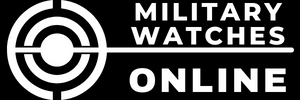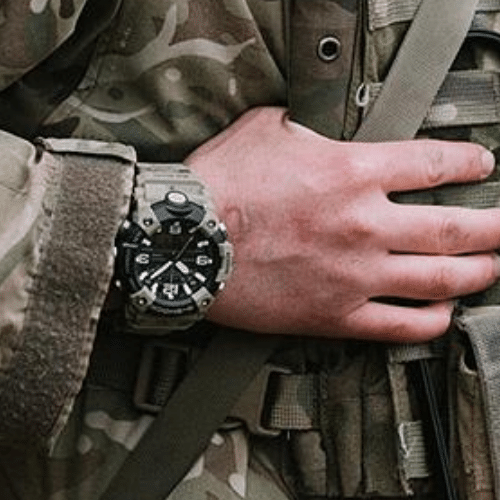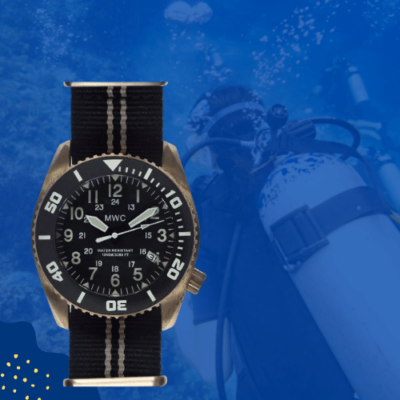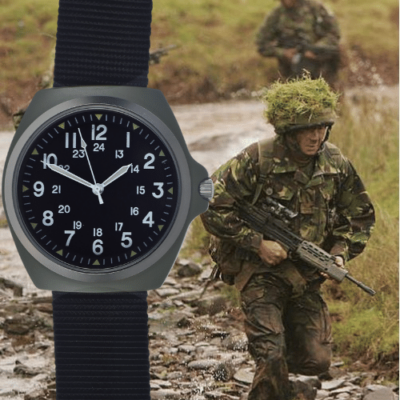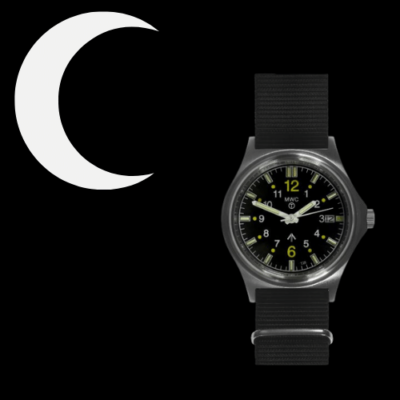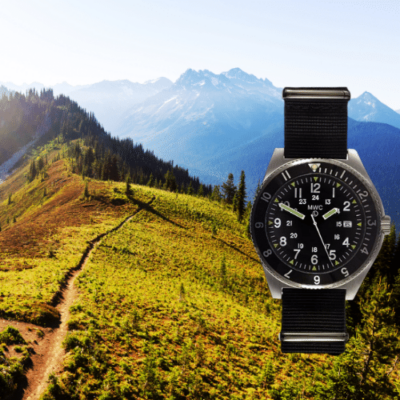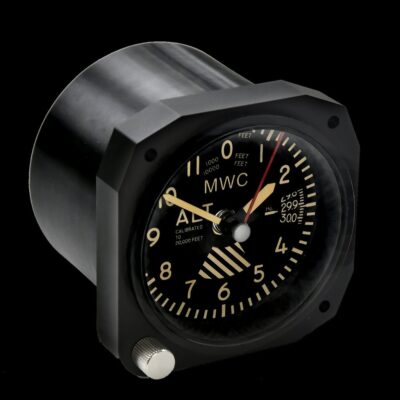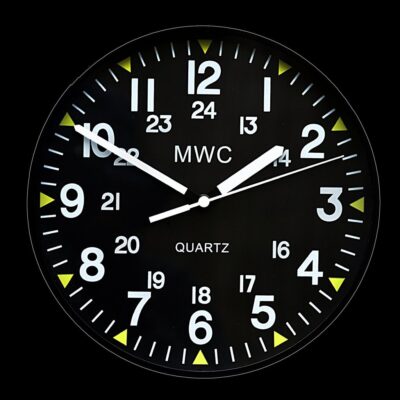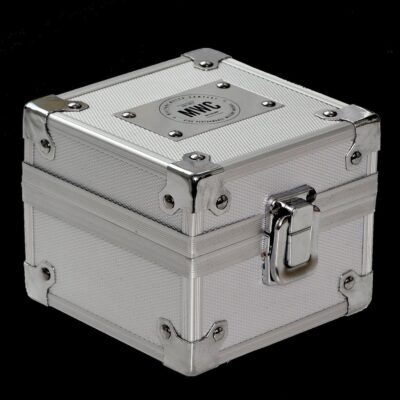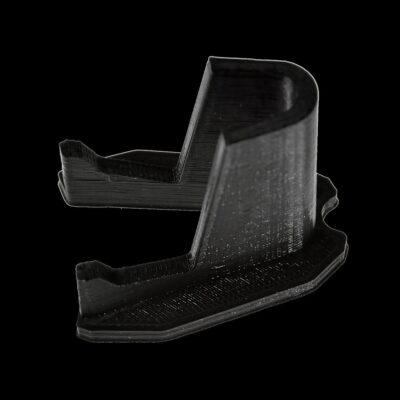News
Russia’s Four Top Assault Units Spearhead Advance Into Sumy: North Korean Reinforcements Incoming
The Russian Army has committed some of its most capable assault units to the frontlines in Ukraine’s Sumy region, as continued advances have brought forces to within 20 kilometres of the regional capital. The deployments follows the dispatch of elite commando units from the Ukrainian Defence Intelligence Directorate to Sumy, and other units such as the 158th Separate Mechanised Brigade, which have reportedly helped to slow Russian advances. Head of the Defence Intelligence Directorate Lieutenant General Kyrylo Budanov referred to the four Russian assault units deployed to the Sumy front as “the best of the assault units that the Russian Federation has,” namely the 104th Guards Air Assault Division, 83rd Guards Air Assault Brigade, the 40th Separate Guards Naval Infantry Brigade and the 155th Naval Infantry Brigade. “They are facing crazy resistance from our side,” he added.

A recent report by the Wall Street Journal has reflected poorly on the state of Ukrainian defences in Sumy, observing: “after a chaotic and costly retreat from Kursk, they found outdated trenches, with no overhead cover from drones. The soldiers are now digging their own positions under drone fire in some cases.” Ukrainian personnel on the frontlines have been highly critical of the state of the defences, noting that fortifications were not well suited to battlefields in which drone warfare dominated, and that planners neglected to use mines to block Russian advances. As Russian forces have continued to make significant advances, parallel offensives have gained results in the neighbouring disputed Donetsk, Lugansk and Zaporizhzhia regions, with Ukrainian forces almost being totally expelled from Lugansk.

An important facilitator of Russian advances in Sumy and in disputed regions has been the reinforcement of Russian frontline positions by units previously deployed in the Kursk region, after the last Ukrainian forces were routed in April with the assistance of North Korean personnel. The securing of Kursk, where Korean People’ Army units are now heavily concentrated, has been key to allowing the Russian Army to allocate more forces to the frontlines. The availability of manpower is expected to further improve as North Korea is expected to deploy further forces to the theatre in July or August, according to a report by the South Korean National Intelligence Service recently cited by lawmakers in Seoul. While North Korea has not deployed forces on any significant scale for operations in disputed regions or in internationally recognised Ukrainian territory, they have been deployed to secure territories such as Kursk that are internationally recognised as Russian.

There remains a possibility that Korean People’s Army units could begin to be committed to offensives further West in areas such as Donetsk and Sumy. Reports from Russian sources indicate that North Korean personnel have demonstrated training and combat capabilities that are in many respects superior to those of Russian Army frontline units, and particularly compared to paramilitary groups such as the Wagner Group and the Donetsk People’s Republic People’s Militia which were previously relied on to support the Russian regular army. The deployment of North Korean special forces, however, has not been confirmed. Alongside regular forces, the Korean People’s Army is also confirmed to be set to dispatch 1000 mine clearance experts and 5000 military engineers to support de-mining and reconstruction efforts in the Russian Kursk region, while North Korean industrial workers are reported to also be playing vital roles in helping Russia’s own defence sector achieve its ambitious production targets particularly in the drone industry.

Not only do North Korean training standards remain particularly high for regular units, but their equipment has often significantly outperformed that which is being used to equip Russian Army units. Examples have included the Bulsae-4 anti-tank missile system which was first seen in use in the theatre in August 2024, and introduced a very long 10 kilometre range and top attack capability previously not seen on Russian systems of its kind, and 170mm howitzers which combine significantly longer ranges than equivalent Russian guns, with high levels of precision, according to reports from senior Ukrainian officers. Advanced North Korean equipment is expected to continue to be deployed by Korean People’s Army units in the Ukrainian theatre, while also being exported to equip the Russian Army. Taking artillery as an example, many Russian artillery units having come to rely almost entirely on North Korean supplied ammunition, with at least six Russian artillery units currently sourcing between 50 and 100 percent of their munitions from the country, which is vital to facilitating offensives across the frontlines in Sumy and the Donbas regions.
